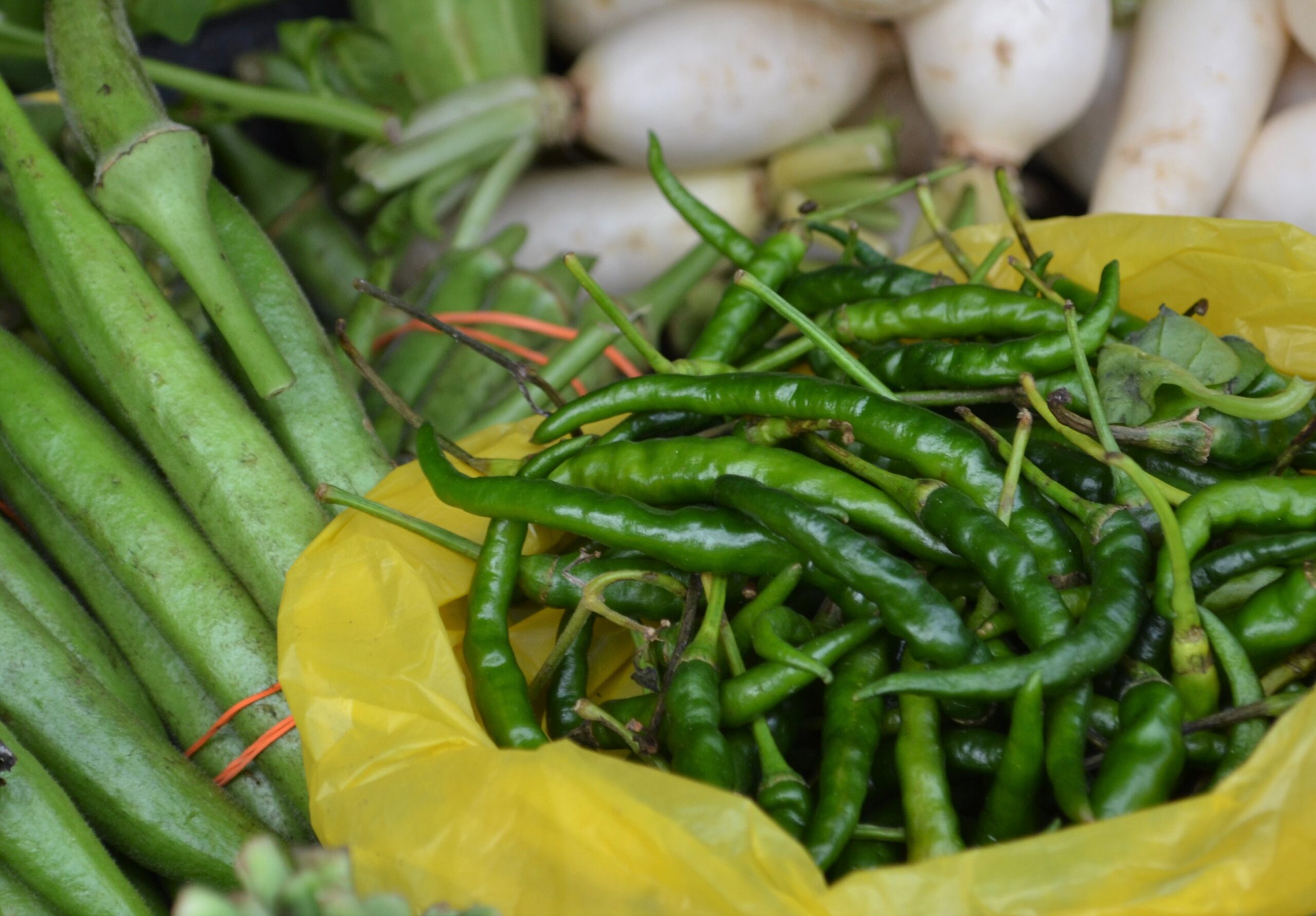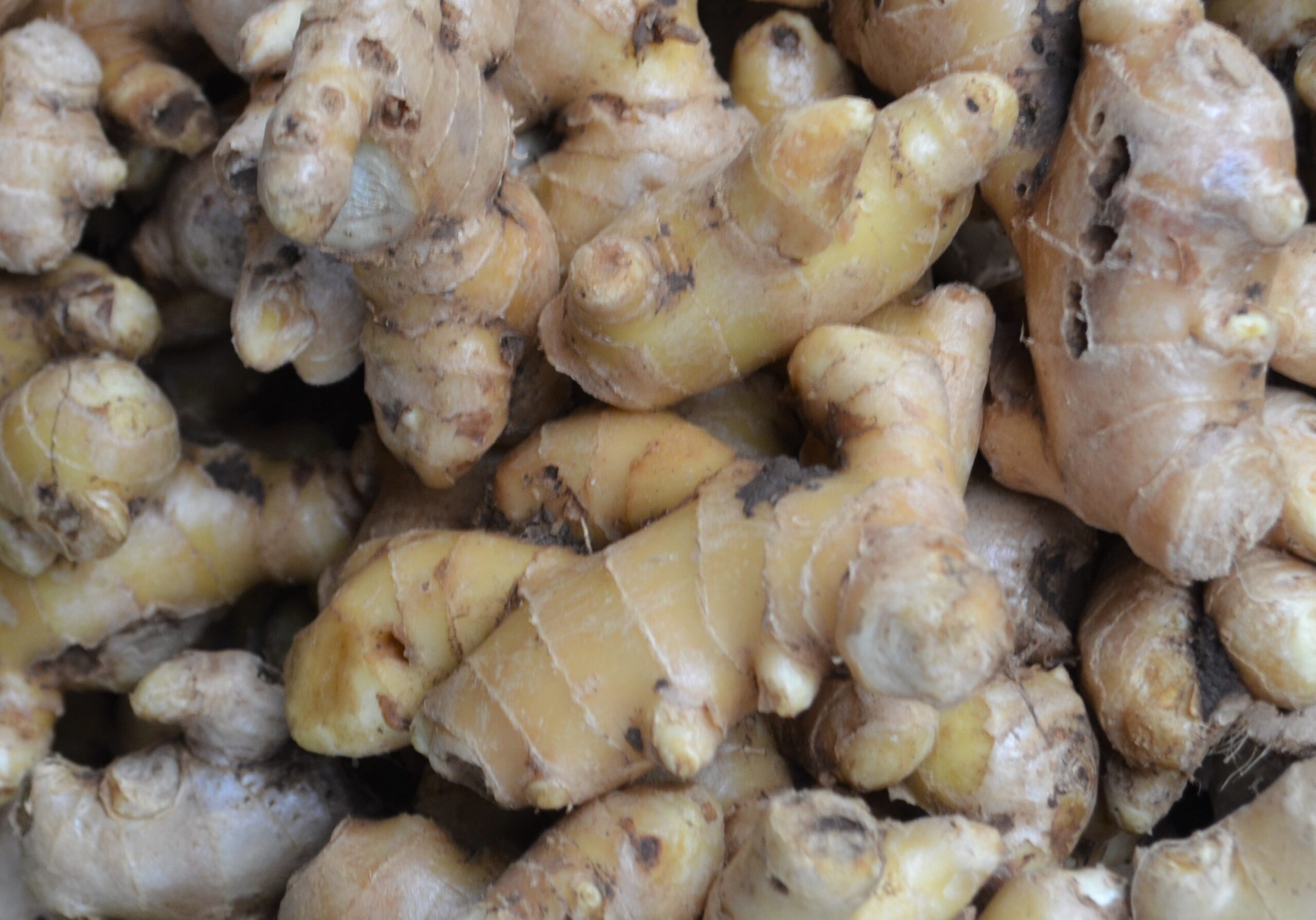Text and Photos by Henrylito D. Tacio
The Philippines is losing billions of pesos from the importation of drugs, some of which are not only non-essential but even extremely dangerous.
But unknown to most Filipinos, the country has various plants and herbs which can cure a number of ailments. Garlic, for instance, is an ancient surefire remedy for asthma, bronchitis, and other ailments of the respiratory tract. It is a medication that has been used for centuries by Chinese, Hindus, Greeks, and even Egyptians.
Science has proven garlic’s antiseptic, germicidal powers. Grated garlic was placed near murderous germs or bacteria that cause typhoid, cholera, polio, even gonorrhea. What happened? These were all killed in a few minutes.
Corn grows everywhere, but few Filipinos ever take advantage of cornsilk as medicine for kidney trouble. Suppose farmer Monching wakes up one morning with his sides and back aching all over. When he bends, he can’t straighten up. His bladder is full because he has urinary problems like burning upon urination. Of course, it is best to see a doctor immediately to get rid of the pain.
What if there’s no doctor around in the town? Physicians, after all, don’t live in barangays and small towns. Their families must eat, too, so physicians always establish themselves in prospering towns.
Without medical help, Monching can prepare his own homemade remedy. But how? By just gathering dried cornsilk from his ripening corn and boiling a fistful of it in four cups of water for 15 minutes. “Let it cool and when just warm, drink the water at mealtimes and between meals,” an expert tells us. “The pain will steadily clear up in two to three days.”
Our herbal doctors (herbolarios) know this, only they make a big hocus-pocus of it, leading you to believe that they have added other ingredients for effectiveness. Nothing there at all; it is just plain boiled cornsilk, the water to be drunk.
In a related development, the Department of Science and Technology (D0ST) through the Philippine Council for Health Research and Development (PCHRD) has been promoting the medicinal powers of lagundi, yerba buena, and tsaang-gubat. The efficacy and safety of these three plants have been proven through scientific research and clinical tests.
Among the medicinal uses of lagundi are to stop coughing, relieve asthma, facilitate the discharge of phlegm, and to lower fever due to colds or flu. It is also a pain reliever for headaches and toothache.
For cough, asthma, and fever, lagundi leaves – either dried or fresh – are boiled in two glasses of water for at least 15 minutes. This boiled mixture is called among experts as decoction. To stop coughing, take a one-half glass of decoction three times a day. In addition, drink at least eight glasses of water a day to further help loosen phlegm.
If you’re suffering from asthma, take one-third glass of decoction three times a day. However, if your asthma does not improve after one dose of the decoction or when the attack is severe, consult your doctor right away.
For fever, take a one-half glass of decoction every three hours or as needed. To relieve headache, heat enough fresh lagundi leaves over a fire until slightly wilted. Then crush the leaves and apply them on the forehead and temples. Bandage the leaves in place. Change the dressing every four hours when needed.
If your brother or sister complains of a toothache, give him or her one-half glass of lagundi decoction every three hours.
On the other hand, yerba buena – known in the science world as Mentha cordifolia and peppermint among English-speaking countries – can be used in relieving pain. As an analgesic, it is effective for headaches, toothache, and pains caused by arthritis.



Yerba buena for arthritis? You must be kidding! But you read it right, folks. There is yet no cure for arthritis, but it can be made less painful by resting and placing a hot compress on the affected joints. Or, you can use yerba buena leaves to relieve the pain.
But how? Simply heat enough fresh leaves (including the stems and petioles) over a fire, then pound and apply on the affected joints while still warm. Apply bandages to keep the leaves in place. Change the dressing every four hours, as needed.
To relieve toothache using yerba buena, wet a small piece of cotton ball with juice extracted from pounded fresh leaves and then place it on the aching tooth.
Aside from being medicinal, yerba buena is also a mouthwash. Now, here’s a more natural way to keep your breath fresh and your mouth clean. To prepare a yerba buena mouthwash, soak two tablespoonfuls of chopped fresh leaves in a glass of water for 30 minutes. Strain and use as a mouthwash.
A friend of ours once told us that she used tsaang-gubat – also called kalabonog, mara-mara, semente, and buyo-buyo – to treat diarrhea or LBM (loose bowel movement, that is). You will know a person has diarrhea when his stool is soft to watery and when he has to move his bowels more often than two times in one day.
To treat LBM using tsaang-gubat, boil dried or fresh leaves in two glasses of water for 15 minutes. Let cool, then strain and divide into four parts. Drink one part every two hours (until the stool becomes solid).
In addition to taking tsaang-gubat, remember also that a person with diarrhea should take in nutritious solid and liquid foods to replace those that he discharges. Fatty foods and dairy products must, however, be avoided as they will worsen diarrhea. Instead, the patient must eat foods that promote the hardening of stools like bananas (particularly the latundan variety), guava, star apple, etc.
On the other hand, parsley is considered a miracle herb. It is reportedly an effective medicine for several illnesses, among them inflammation of the kidneys and bladder trouble. Eat parsley with your vegetables.
Ginger tea (salabat) is one cheap remedy for inducing delayed menstruation also for cleansing your body system. Boil a sizable piece of ginger root, add sugar to taste, and drink the tea a little hot. Your tardy bowel movement will perk up. Do you have a sore throat, or is your saliva always dried up? Chew a piece of ginger. It is peppery hot, but your soreness will disappear, and saliva will flow again.
Don’t forget onions; they’re a time-honored medicinal cure in India and other Oriental countries. Slice a half piece of onion, mix it with honey, spread on bread, and you’ll relieve yourself of gas pains and heartburns. Do you have open sores and wounds and no drugs? Okay, mash an onion, apply it with the juice, and your wounds will dry up and heal.
There are hundreds of home remedies, thousands maybe from our grasses, plants, bushes, shrubs, and trees. Sometime ago, we read that a Chinese scientist compiled herbal plants in China, and his list ran close to 6-7,700. Our very own, the late Filipino scientist Eduardo Quisumbing had a book on medicinal plants and trees. It has been reprinted and is now sold in bookstores.
By the way, in treating ailments with herbs and medicinal plants, use only one herb or medicinal plant at a time. It is best to use one already recognized and prescribed by the Department of Health or experts.
Here’s another caution: herbal medicines have specific uses. Do not use them for anything other than what is called for.
And that’s a health thought for the day!

